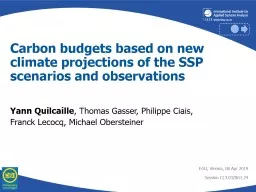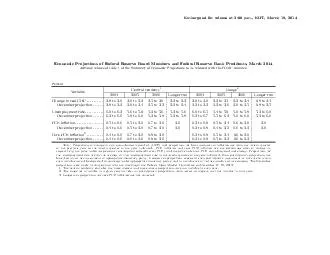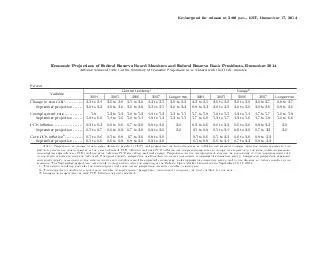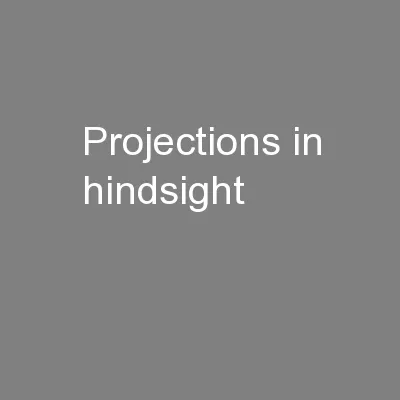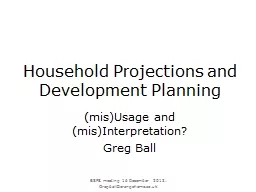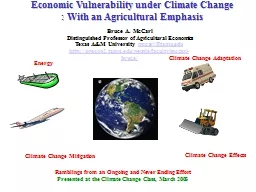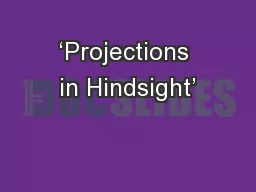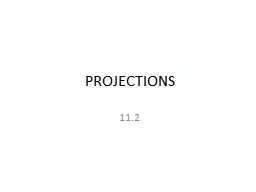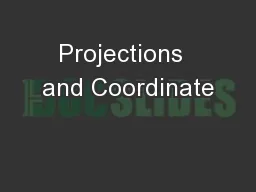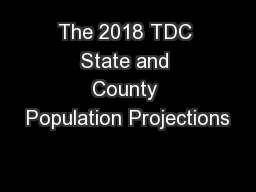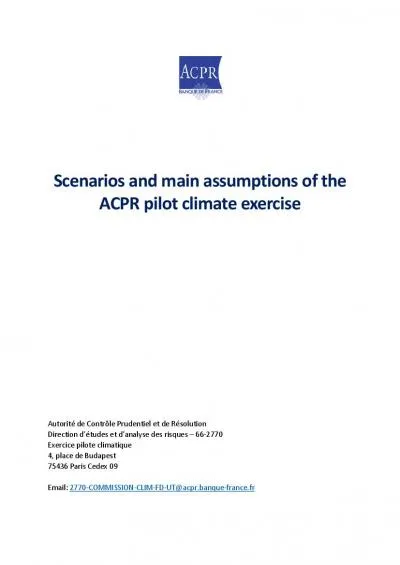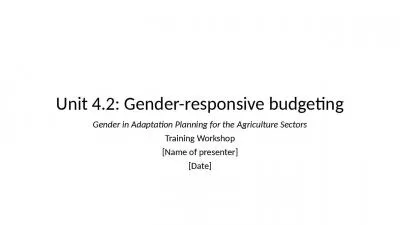PPT-Carbon budgets based on new climate projections of the SSP scenarios and observations
Author : olivia-moreira | Published Date : 2020-01-12
Carbon budgets based on new climate projections of the SSP scenarios and observations Yann Quilcaille Thomas Gasser Philippe Ciais Franck Lecocq Michael Obersteiner
Presentation Embed Code
Download Presentation
Download Presentation The PPT/PDF document "Carbon budgets based on new climate proj..." is the property of its rightful owner. Permission is granted to download and print the materials on this website for personal, non-commercial use only, and to display it on your personal computer provided you do not modify the materials and that you retain all copyright notices contained in the materials. By downloading content from our website, you accept the terms of this agreement.
Carbon budgets based on new climate projections of the SSP scenarios and observations: Transcript
Download Rules Of Document
"Carbon budgets based on new climate projections of the SSP scenarios and observations"The content belongs to its owner. You may download and print it for personal use, without modification, and keep all copyright notices. By downloading, you agree to these terms.
Related Documents

